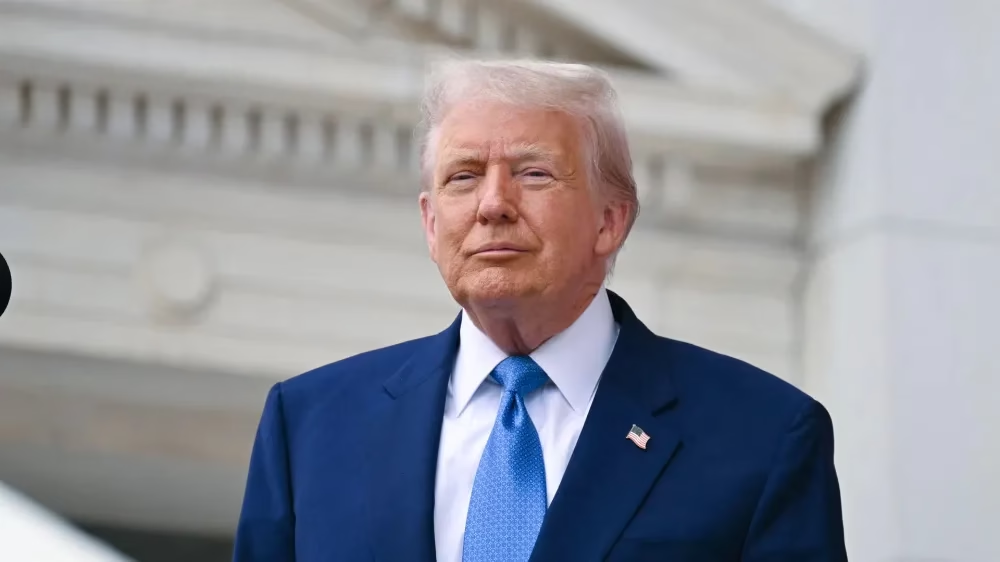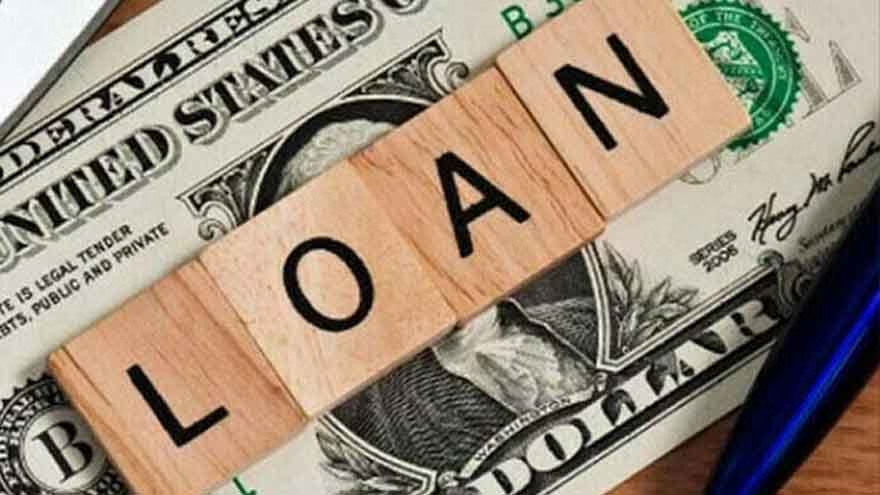In a notable economic development, overseas Pakistanis have contributed $137 million to the country’s economy in the month of July through the Roshan Digital Account (RDA). This brings the total inflow to an impressive $6.48 billion within 35 months since the initiative’s launch in September 2020.
These substantial inflows have played a crucial role in stabilizing Pakistan’s foreign exchange reserves, which currently stand at approximately $8 billion. This level of reserves provides nearly two months of import cover, enhancing the country’s financial stability.
As per updates shared by the central bank via Twitter, these inflows surged past the $6.5 billion milestone by August 12, 2023. The data breakdown reveals that non-resident Pakistanis have invested $3.88 billion in the country’s economy out of the total $6.48 billion. Over the three-year period, withdrawals amounted to $1.47 billion, resulting in a balance of $1.13 billion.
Within this remaining balance, expatriates have allocated $319 million towards local and foreign currency-denominated Naya Pakistan Certificates (NPCs), $330 million into Shariah-compliant NPCs, and $21 million into the Pakistan Stock Exchange (PSX). Furthermore, they maintained cash deposits totaling $377 million in bank accounts in July, according to data from the State Bank of Pakistan (SBP).
It’s worth noting that the pace of inflows through the RDA has moderated in recent months compared to the record high of $290 million recorded in March 2022. Experts have suggested that the government and the central bank should consider revising the rate of return on NPCs, both conventional and Shariah-compliant, to incentivize further investments.
Some overseas Pakistanis are believed to have diverted their investments to more developed economies due to higher rates of return offered in those markets. Although the Pakistan Democratic Movement (PDM) government had increased the rate of return to 7-7.5% on US dollar-denominated NPCs, it remained less appealing compared to the US, a well-established and relatively less risky market, offering close to a 6% return on investment in its treasury papers.”



